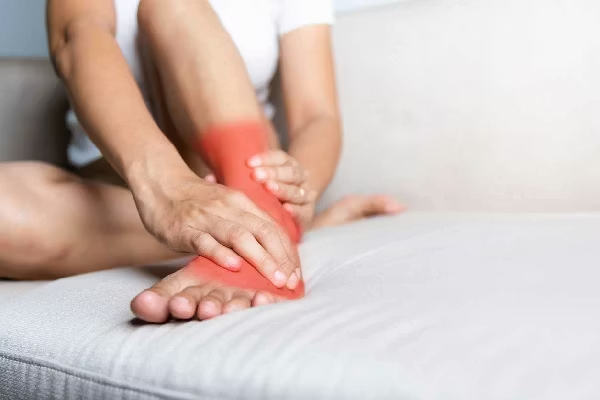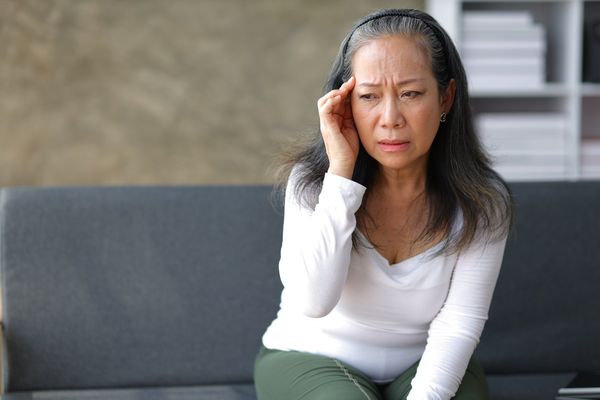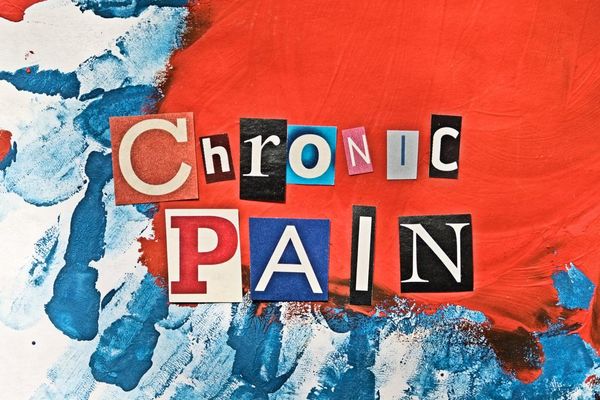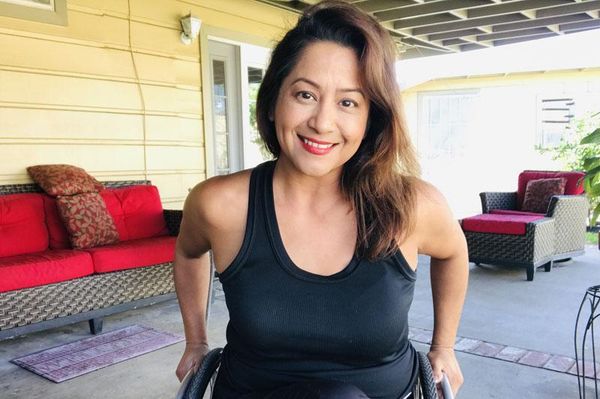This article has been archived. We will no longer be updating it. For our most up-to-date information, please visit our pain management information here.
Everyone experiences pain now and then—whether from smacking your shin on the coffee table, lifting a heavy object, returning a tennis shot with too much enthusiasm or having surgery. The pain hurts, but it's over in a short while, sometimes with the help of medication.
Not so if you're among the estimated 50 million people in the U.S. who live with chronic, or on-going, pain. Chronic pain arises from a wide range of sources, including accidents, how you stand or sit, conditions such as arthritis and fibromyalgia, or disease.
Unlike short-lived acute pain, chronic pain persists beyond the normal three months' healing time for most bodily tissue. For some people, that means buying those gargantuan-sized bottles of pain relievers at the warehouse club and risking the side effects of prolonged use in order to get through daily activities.
There's a better way to cope with chronic pain. As odd as it may seem, when it hurts too much to walk, lift objects, turn your head or bend your body, it helps to get off the sofa (or out of bed) and increase your physical activity.
Producing your own medication
How can moving more contribute to less on-going pain?
Physical activity triggers biological defenses against what hurts. "With exercise, your body releases its own kind of endogenous (from within) opioids, or pain-fighting chemicals," says Steven P. Stanos, Jr., DO, medical director of the Rehabilitation Institute of Chicago Chronic Pain Care Center. "There are a number of different pain pathways in your body. The endogenous opioid system helps to suppress the pain response."
Those natural pain-fighters lower your perception of pain whether you have chronic pain or not, according to Martin D. Hoffman, MD, FACSM, CIME, chief of physical medicine and rehabilitation, Veterans Affairs Northern California Health Care System. Dr. Hoffman and his co-researchers found that aerobic exercise, when conducted at moderate intensity, caused pain perception to go down markedly. That drop was evident for both healthy participants and for those who suffered from chronic back pain. "They showed the same effect," says Dr. Hoffman.
That chemical response may boost your mood as well, which can contribute to pain control, although that result might occur only if you exercise regularly, Dr. Hoffman adds.
Getting started
For most people with chronic pain, Dr. Stanos emphasizes the importance of beginning with just a few minutes of exercise at a time. "Then, each week, increase what you're doing incrementally, in some cases one to two minutes at a time," he says.
That snail's pace pays off. "If people start an exercise program and do a graded type of progression, they are more likely to tolerate it. Unfortunately, most people with pain try to do too much and then increase their pain and stop," Dr. Stanos says. "This leads to more discouragement and feelings like, 'I can't exercise at all.'"
One activity Dr. Stanos recommends for most chronic pain conditions is water aerobics, also called aqua therapy. Exercising in the water reduces the amount of force traveling through your joints, allows muscles to move in many directions and increases blood flow to the heart, providing additional cardiac benefits. "Aquatic exercises can really benefit most patients," Dr. Stanos says.
Relaxation training also helps you learn to relax your muscles, making them better prepared for movement.
Here are several of the most common chronic pain conditions and the physical activities that can help alleviate them:
- Low back pain: Exercise is very beneficial for chronic low back pain. A visit to a physiatrist, a doctor who specializes in physical medicine and rehabilitation, may help direct appropriate medication and therapy management. What helps: Stretching, water aerobics, leg cycling on a seated (recumbent) bicycle, modified Pilates-based program. Dr. Stanos advises building up weak abdominal and gluteal muscles (your body's "core") with a focus on improving muscles that stabilize the spine.
- Fibromyalgia: This condition, which occurs more often in women than men, causes pain throughout the body, stiffness, muscle sensitivity and fatigue. Although those with fibromyalgia have difficulty staying physically active, exercise helps, often in conjunction with medication.What helps: Stretching, low-weight strengthening program (think isometrics), aqua exercises, low intensity aerobics, light resistance training. "If someone's got diffuse symptoms like fibromyalgia," Dr. Hoffman says, "walking would be a reasonable activity."
- Arthritis: Moving your joints keeps them flexible and reduces the classic joint stiffness of arthritis. It's also important to strengthen the muscles that surround and support joints. What helps: Water exercise, walking, daily gentle stretching for range-of-motion and flexibility, tai chi, yoga, strengthening with and without moving joints, cycling. If joints in the lower body are especially painful, Dr. Hoffman suggests using skiing, rowing or elliptical machines, and swimming.
- Neck and shoulder pain: Problems caused by poor posture affect women more often than men, Dr. Stanos says. "All day long, they're in the wrong postures and then they exercise and their muscles aren't ready or able to tolerate that." What helps: Stretching, weightless strengthening, aerobics such as walking, cycling, elliptical machines and aqua exercise.







